5.10.11 Indonesian Arts & Crafts: Part 2
Wayang, “theater” in Javanese, is the word used to refer to traditional Indonesian shadow puppets. Though beautifully rendered and colored, the puppets are held up behind a screen so only their outlines are visible. These intricate plays of shadow and light are often based on romantic tales, especially adaptations of the classic Indian epics The Mahabarata and The Ramayana. Some of them also depict local happenings, current events or other secular stories. Performances are generally accompanied by gamelan, an orchestra composed of metallophones, xylophones, drums, gongs, bamboo flutes and strings. The puppets are made in various styles, with perhaps the best known being the wayang kulit, crafted from parchment-like sheets of dried water buffalo hide (kulit). As with batik, UNESCO designated wayang kulit a “Masterpiece of Oral and Intangible Heritage of Humanity” in 2003, making it incumbent upon the Indonesians to preserve this precious indigenous art form.
Using fine tools, artisans chisel designs into the buffalo hide. The perforations create a delicate lacework effect that gives the puppets lightness and definition behind the screen. Each one is finished with an intricate paint job. Carefully shaped buffalo horn handles and control rods are used to manipulate these marvelous creations. The handwork involved in making puppets suitable for performance takes several weeks, with artists working together in groups to perfect each stage.
Wayang klitik shadow puppets are constructed similarly to wayang kulit, but are made from thin pieces of wood instead of water buffalo hide. Their name is onomotopaeic, taken from the clacking (klitik-klitik) sound they make. During battle scenes, these less pliable puppets often sustain considerable damage, much to the great amusement of the audience.
Wayang golek are wooden doll puppets, simply constructed but wonderfully expressive. Unlike other wayang, they are not used behind a screen. This style is thought to have originated in China, arriving in Java sometime in the 17th century.






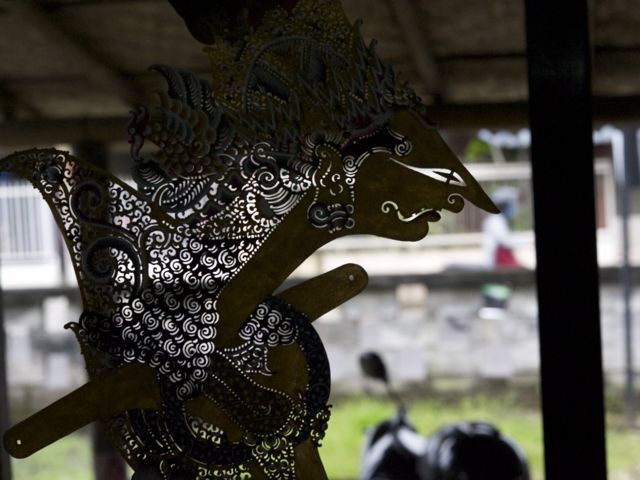
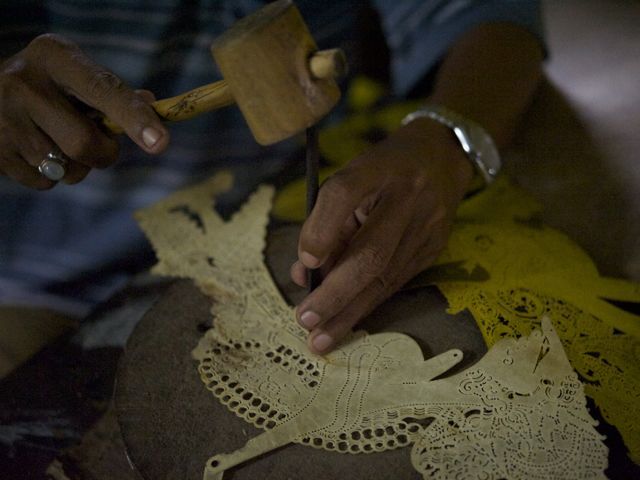
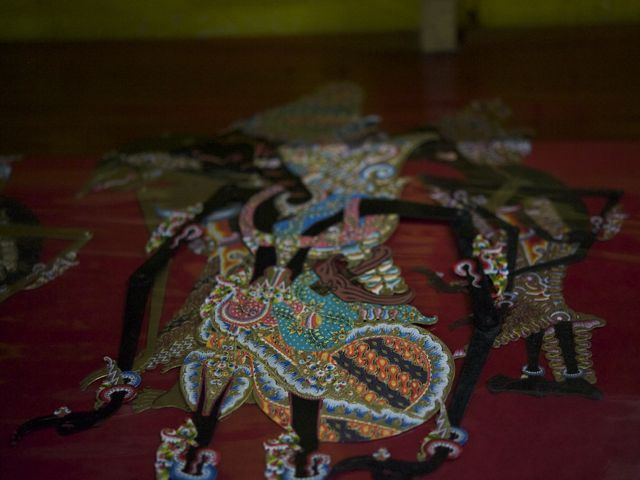
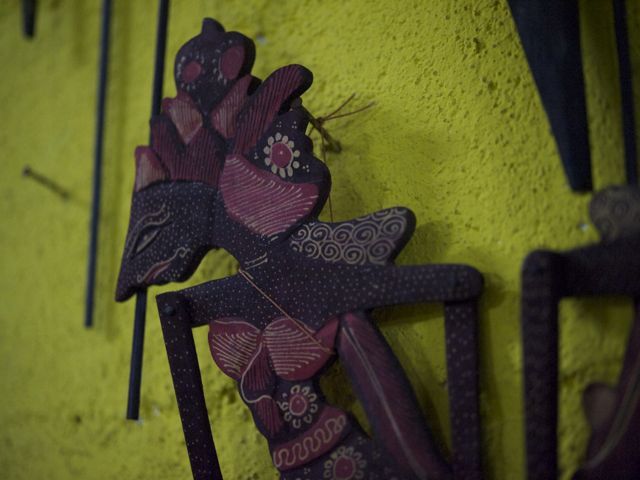
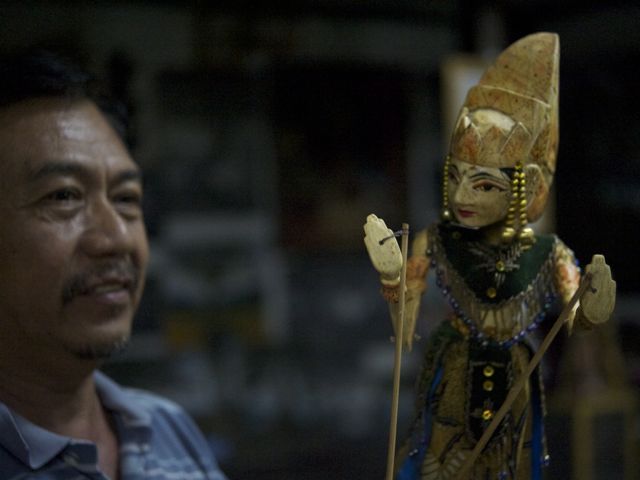
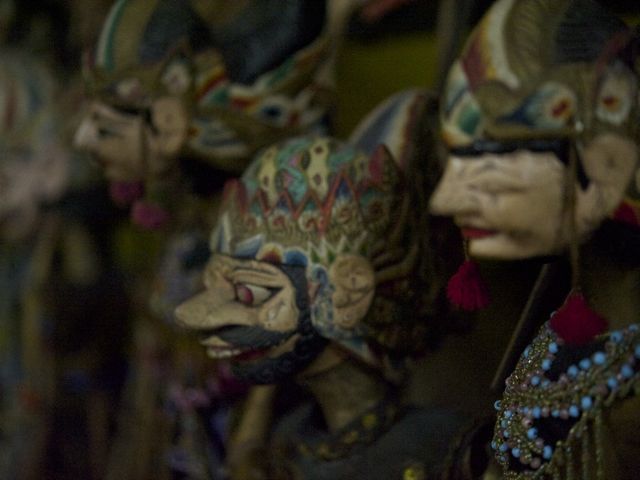
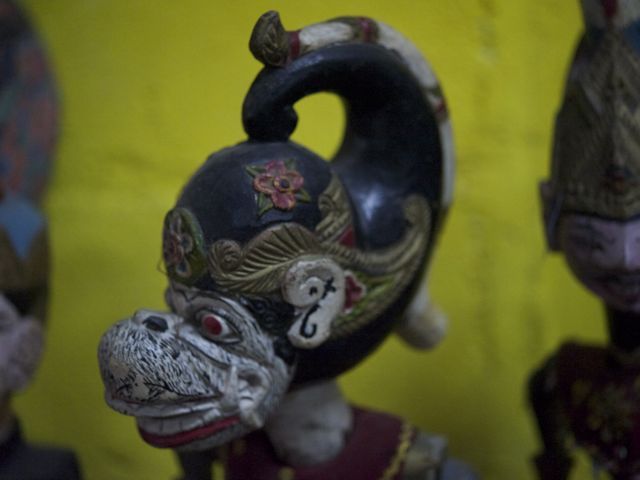
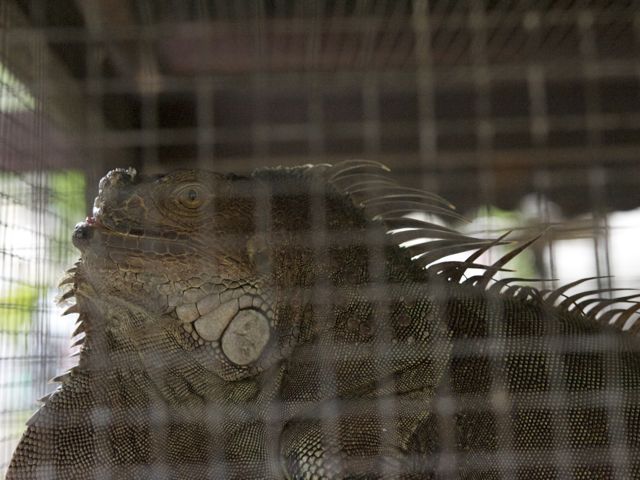
0 Comments